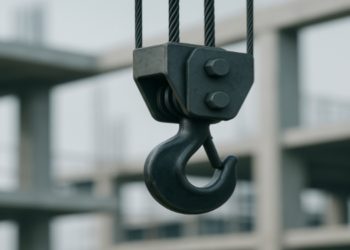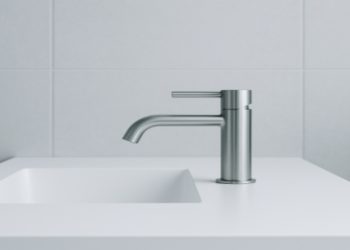When it comes to securing your belongings, padlocks play a crucial role in providing peace of mind. Whether you’re protecting your home, office, or any valuable possessions, choosing the right padlock is essential. However, with a wide range of options available, deciphering the ideal padlock for your security needs can be a daunting task. In this article, we will decode the world of padlocks and guide you through the factors to consider when making your selection.
Understanding the Basics
Before diving into the process of selecting a padlock, it’s important to grasp the fundamental elements of these security devices. Padlocks consist of a shackle (the U-shaped metal loop) and a body that houses the locking mechanism. The shackle is released by a key or combination, securing the padlock. Now, let’s explore the key factors to consider when choosing the right padlock.
1. Security Level
The primary purpose of a padlock is to ensure security. When evaluating different padlocks, consider the security level they offer. Look for padlocks that have been tested and approved by reliable organizations, such as the American National Standards Institute (ANSI) or the International Electrotechnical Commission (IEC). These certifications guarantee that the padlocks meet specific security standards.
2. Material
Padlocks are available in various materials, including brass, stainless steel, and hardened steel. Every material possesses its unique advantages and disadvantages. Brass padlocks are corrosion-resistant and ideal for indoor use, while stainless steel offers increased strength and durability. Hardened steel padlocks provide excellent resistance against cutting and sawing attempts. Consider your specific environment and security requirements when selecting the material.
3. Shackle Diameter and Length
The shackle’s diameter and length play a crucial role in determining the padlock’s overall security. Thicker shackles offer higher resistance to cutting tools, making them more secure. Additionally, the length of the shackle should be long enough to fit around the object you intend to secure. Ensure that the shackle is not easily accessible, as this could make it vulnerable to attacks.
4. Keyed or Combination Locks
Padlocks come in two primary types: keyed and combination locks. Keyed locks offer convenience but require you to keep track of the key. On the other hand, combination locks eliminate the need for keys, but you must remember the combination. Consider your personal preferences and the level of convenience you require when choosing between the two options.
5. Additional Features
Some padlocks come with additional features that enhance security. Look for padlocks with anti-pick mechanisms, which make it more challenging for intruders to manipulate the lock. Weather-resistant coatings can protect the padlock from rust and corrosion, extending its lifespan. Certain padlocks also offer keyways that are resistant to drilling attempts, adding an extra layer of security.
When you opt for a padlock with a key, it’s essential to have a reliable key cutting service at your disposal. In case you lose or misplace your key, a key cutting service can provide a replacement quickly and efficiently. Look for locksmiths or key cutting services in your area that offer reliable and prompt service.
Conclusion
Selecting the right padlock is a critical step in safeguarding your belongings. Consider the security level, material, shackle diameter and length, lock type, and additional features when making your decision. By understanding these factors and assessing your specific security needs, you can make an informed choice. Remember to keep a reliable key cutting service in mind, should the need for key replacement arise. With the right padlock in place, you can enhance your security and enjoy peace of mind.
David Prior
David Prior is the editor of Today News, responsible for the overall editorial strategy. He is an NCTJ-qualified journalist with over 20 years’ experience, and is also editor of the award-winning hyperlocal news title Altrincham Today. His LinkedIn profile is here.











































































